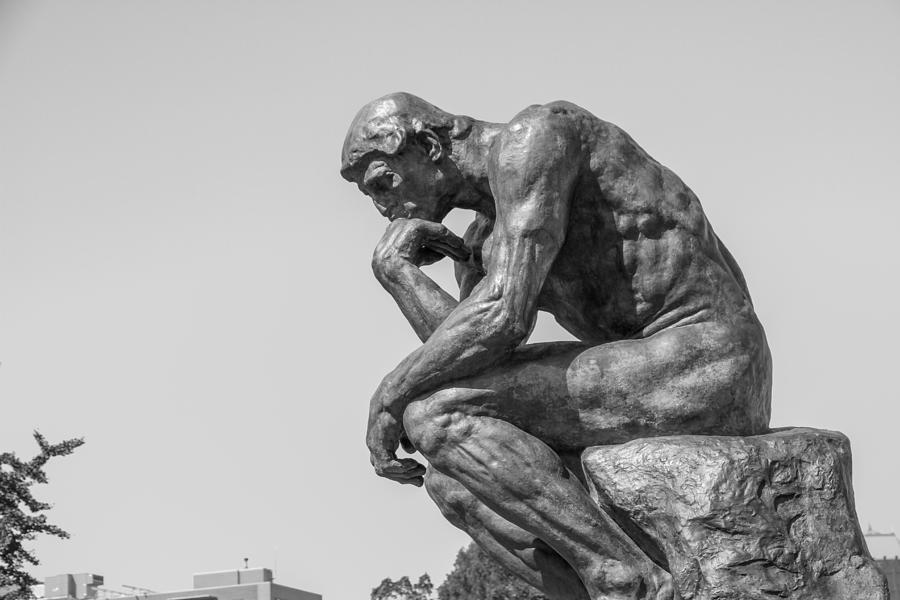Back
Prostatitis Vs Pelvic Floor Dysfunction!
By Dr. Zarina Vitebsky, DPT, MSPT, PRPC, TPS, LPF, DN on 1/16/2023

Chronic pelvic pain syndrome and chronic prostatitis are long-term conditions in men. They are poorly understood, difficult to treat and cause a range of symptoms including pain, urinary problems, reduced quality of life and sexual dysfunction. Most medical practitioners are still struggling to understand the difference. Pelvic Floor Physical Therapists have an important role in helping men manage the physical, psychological and emotional effects of these conditions.
In accordance with the classification of the National Institutes of Health (NIH), prostatitis syndrome is classified into four categories.
Acute bacterial prostatitis (ABP), category I
ABP is characterized by severe obstructive and irritative symptoms of the lower respiratory tract, pain in the area of the prostate, and acute bacterial urinary tract infection (UTI), with systemic involvement.
Chronic bacterial prostatatis (CBP), category II
CBP is caused by chronic bacterial infection of the prostate, with or without prostatic symptoms. The same bacterial pathogen is often found with recurrent urinary tract infection.Chronic prostatitis/chronic pelvic pain syndrome (CP/CPPS)
CP/CPPS is split into inflammatory CP/CPPS and noninflammatory CP/CPPS. CP/CPPS is characterized by chronic pelvic pain and often by difficulties in micturition, without detection of an infection of the urinary tract.Asymptomatic prostatitis, category IV
In asymptomatic prostatitis, inflammation of the prostate is detectable, although the patient does not report any symptoms or difficulties in this area.Chronic pelvic pain syndrome
This non-malignant pain is perceived in structures such as the muscles and nerves of the pelvis that has been continuous or recurrent for at least six months. It is a common symptom of several structural and functional disorders affecting the anorectal area, urinary bladder, reproductive system, and pelvic floor musculature and its innervation In Prostatitis, there is often an infection affecting the prostate gland. However, only about 5-10% are actually bacteria related with the vast majority related to inflammation or non-specific pain syndromes. Prostatitis can affect all men at any age and accounts for about ¼ of all pelvic pain conditions, genital or urinary conditions in young to middle aged men. Where pain persists after a period of time and after medicine has failed to resolve pain.Treatment
The treatment of CPPD will start by the assessment of the pelvic floor muscles, identifying dysfunction and abnormal activation and sensitivity in the muscles. We will also conduct a full musculoskeletal assessment of the hips, pelvis, nervous system and lumbar spine. It is essential that we consider all structures and muscles surrounding the pelvis to allow us to determine the most appropriate techniques to help you with your pain. We may also ask questions concerning your stress levels. Stress can cause or be a result of pain in psychosomatic cases. In any case it is a nasty emotional state and only adds to the already mounting sensitisation of your pelvic area. More sensitisation causes greater pain through spasmsTreatment may consist of manual therapy directed at the spine, pelvis and soft tissue around the area, we may also consider internal mobilization/massage of the pelvic muscles. Our center is centered around the switching on and switching off of the muscles and to teach the muscles to behave normally.
We may also discuss bowel and bladder habits. These can only add to muscle and nervous sensitivity and therefore optimising the function of the bowel and bladder ensure the stress on the pelvic floor is reduced to a minimum.
If you would like to find out more about CPPD or prostatitis, please contact us at The Pelvic Health Center (www.pelvichealthnj.com or call 908-443-9880).
Read More:
Fascial Counterstrain of the Musculoskeletal System By Shannon Strauch, PTA, STMT-1 on 10/21/2024 How treating cartilage and fascia can help reduce joint pain and improve organ function The Impact of Long-Distance Cycling on the Pelvic Floor: Pudendal Nerve and Pelvic Dysfunction By Dr. Christine Martirez PT, DPT on 10/18/2024 Learn how long distance cycling can impact the pelvic floor
Are you ready to live pain free?
Request An Appointment